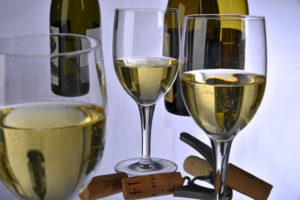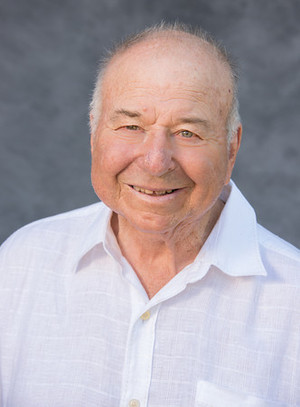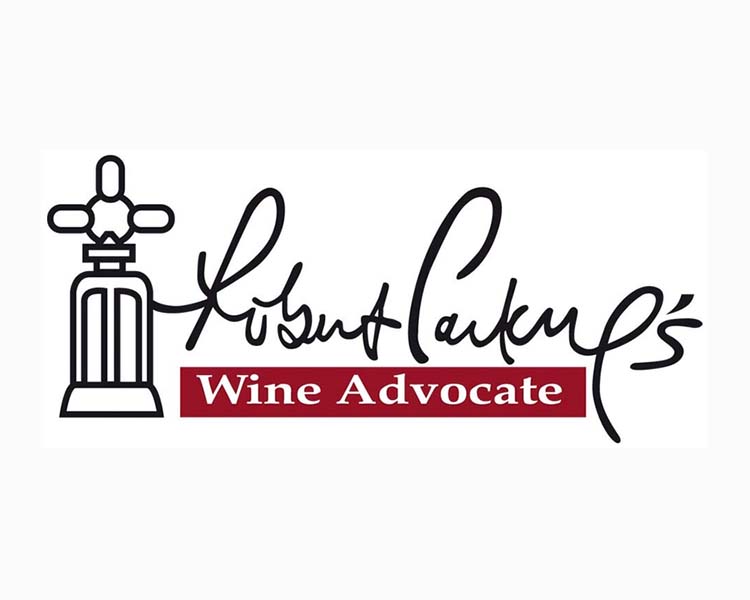From the Sonoma Coast, Chardonnays of Energy and Memories
April 21, 2017
By Eric Asimov
The New York Times


The Sonoma Coast has been on my mind quite a bit lately.
First came a wine panel tasting in February of pinot noirs from the region. Now, we have followed up with a tasting of 20 Sonoma Coast chardonnays from recent vintages.
In both tastings, we found wines that combined intensity with balance and subtlety, indicating that the Sonoma Coast is a region of great promise. The region remains difficult for consumers to grasp, partly because it is geographically unwieldy, encompassing a stretch not just along the Pacific coastline but also extending far inland, bringing together wildly different vineyard areas.
[Eric Kent Sangiacomo Green Acres Hill Chardonnay] rich with tropical fruit and oak flavors though lively nonetheless.
The jumble of regions means that racy wines from the coast and richer, fruitier wines from inland may wear the same appellation. Even among the wines made near the ocean, stylistic differences abound. That’s both a problem and an incentive for consumers to get to know the producers and their styles rather than pay strict attention to appellations.
As far as wines that come from the coastal region, I feel as if we are just beginning to understand its potential. While the region has concentrated on Burgundian varieties like pinot noir and chardonnay, it also produces superb syrahs and whites from Rhône grapes like marsanne and roussanne. I’ve had an intriguing trousseau, a red mostly associated with the Jura, and a terrific Sonoma Coast cabernet sauvignon.
But I would not be telling the whole story if I did not add that I have my own emotional reasons for pondering the Sonoma Coast. It may be my favorite area in the world, for reasons that have little to do with wine.
My wife, Deborah, and I were married on the Sonoma Coast, at the tiny Sea Ranch Chapel, several miles to the north of the house where Deborah’s older brother and sister-in-law had a house for many years.
Their house, just north of Fort Ross, was a gorgeous, low-slung sprawl that practically hung on the edge of a cliff over the gray Pacific. The coastal winds blew incessantly, weathering the cedar shingles and battering the cypress trees surrounding the house into a permanent tilt inland, concealing it from cars on the Pacific Coast Highway to the east.
Deborah and I had been traveling out there for almost as long as the Sonoma Coast has been an American Viticultural Area, as it was declared in 1987. Back then, most of the grape-growing activity was well inland. Nobody thought much about coastal wines, although a few visionary pioneers, like David Hirsch at Hirsch Vineyards and Daniel Schoenfeld at Wild Hog Vineyard, had already staked out land precariously close to the ocean.
Sadly, this brother-in-law, Peter Henschel, died young, at 53. While we still cherished the house, the region and our many friends in the area, spending time there for me became emotionally complicated. Several years ago, my sister-in-law sold the house. Though there is no longer a Sonoma Coast family outpost, the area continues to resonate with me in unexpected ways, as do the wines.
I mention all this to make the point that wine has an uncanny ability to touch the emotions. Like music, wine can arouse long-buried memories and jolt them awake with all of their baggage: raw, jagged, tender or painful.
Marketers know this. They understand the power of establishing direct, personal connections between wine producers and consumers through winery visits, and do what they can to shape lasting associations. In a more general way, when I drink a wine that I love from the coast, I imagine I can feel my brother-in-law’s presence.
I kept those feelings to myself at our tasting, where Florence Fabricant and I were joined by Alex Alan, an owner and wine director at Freek’s Mill in Gowanus, Brooklyn, and Kristie Petrullo of Petrullo Wine Company, a wine-education consultancy.
We all noted the broad range of styles that included brawny, fruity examples, and leaner wines that showed more savory, stony flavors — “sea spray,” Alex said at one point. The crucial quality that separated my favorites from the also-rans was energy.
You might ask what energy means in the context of wine, and it’s a good question. For me, energy is the quality that impels you to take another sip. It’s a forward thrust, a sense of tangy vitality that is lip smacking and thirst quenching. It’s texture as well. Some wines feel so good in the mouth that you want another sip to regain the feeling.
Energy is sometimes mistaken for acidity, which levels out sweetness in fruits and is necessary for balance in wines. While energy without acidity is difficult, we found several wines with plenty of acidity but no energy. What accounts for that? Kristie suggested that acidification, the process of adding acid to wine if the grapes are not sufficiently acidic, may cause the imbalance.
Acidification is permitted in California and many other warm regions where ripeness can result in acid deficiency. Usually, tartaric acid, natural in grapes, is used. Kristie may have been correct, as some of these wines lacking in energy tasted sharply acidic. I don’t know if acidification was the reason.
Lack of energy was not a problem in our favorite wines. Our No. 1 bottle was the 2014 Joy Road Vineyard chardonnay from Rivers-Marie, deep, savory and stony, a lovely wine. No. 2 was the 2014 Charles Heintz Vineyard from Ceritas, rich, resonant and harmonious.
The Joy Road Vineyard, near the town of Occidental, and Charles Heintz, to the east, are both near the coastline, and you can feel it in the wines with their raciness and well-integrated acidity. Our No. 3 bottle, the 2014 Sangiacomo Green Acres Hill from Eric Kent, came from a vineyard southwest of the city of Sonoma, considerably east of Highway 101, and closer to Los Carneros and San Pablo Bay than to the coast.
We thought the Kent was a fine wine, but it was completely different in character from the Rivers-Marie and the Ceritas, rich with tropical fruit and oak flavors though lively nonetheless. Yet the label says it’s a Sonoma Coast wine.
The rest of our top 10 were largely from vineyards near the ocean. The 2014 Flowers chardonnay, our No. 4 bottle, was fresh, bright and tangy. When we learned the identity of the wines, I couldn’t help but recall visiting Flowers with my brother-in-law in the late 1990s not so long after the winery was constructed in Cazadero, just about two miles from the ocean.
Rivers-Marie had a second wine on our list; the lively but slightly oaky 2014 B. Thieriot was our No. 5 bottle. Also worth noting were the richly textured 2013 Freestone Vineyard from Joseph Phelps; the savory, slightly funky 2013 Red Car; the lively 2014 Failla; and the bright, tangy 2013 Ramey.
I should point out that the wines from Failla, Ramey and Red Car were the producers’ entry-level wines. Each makes more expensive single-vineyard designates that are often deeper and more complex. What’s more, chardonnays from top producers like Cobb, Kutch, Littorai and Radio-Coteau were unavailable.
The Pacific Coast in Sonoma is an isolated place. Wineries like Flowers or Hirsch Vineyards, on the ocean, are difficult destinations for supplies and repairs. Many Sonoma Coast producers, like Peay Vineyards and Failla, have more accessible winemaking facilities inland. Even so, these wines are rarely inexpensive and none seemed worthy of being designated best value.
Nonetheless, the top wines can be superb. And for me, it’s hard to put a price on memories.
Tasting Notes: Sonoma Coast Chardonnays
★★★ RIVERS-MARIE SONOMA COAST CHARDONNAY JOY ROAD VINEYARD 2014 $69
Deep and energetic, with savory flavors of citrus, herbs and stony minerals.
★★★ CERITAS SONOMA COAST CHARDONNAY CHARLES HEINTZ VINEYARD 2014 $75
Harmonious, rich and resonant, with aromas and flavors of citrus, flowers and minerals.
★★★ ERIC KENT SONOMA COAST CHARDONNAY SANGIACOMO GREEN ACRES HILL 2014 $50
More typically Californian, but lively and well made, with flavors of tropical fruits, citrus and oak.
★★½ FLOWERS SONOMA COAST CHARDONNAY 2014 $37
Fresh, lively and rich, with bright, tangy flavors of lemon, herbs and a touch of oak.
★★½ RIVERS-MARIE SONOMA COAST CHARDONNAY B. THIERIOT VINEYARD 2014 $69
Lively flavors of citrus and minerals, but slightly oaky.
★★½ JOSEPH PHELPS SONOMA COAST CHARDONNAY FREESTONE VINEYARD 2013 $41
Richly textured, with aromas of hot stones and flavors of apple and lemon.
★★ RED CAR SONOMA COAST CHARDONNAY 2013 $31
Idiosyncratic, with savory flavors of citrus and herbs and a touch of funk.
★★ FAILLA SONOMA COAST CHARDONNAY 2014 $32
Richly textured and lively, with flavors of citrus, nuts and herbs.
★★ RAMEY SONOMA COAST CHARDONNAY 2013 $32
Bright, tangy and clean, with flavors of lemon, herbs and a bit of oak.
★½ JOHNSON FAMILY SONOMA COAST CHARDONNAY 2014 $17
Broad, rich and stolid, with flavors of citrus and nuts.
Photo: Chardonnay from the Sonoma Coast. Dan Neville for The New York Times
Tagged: New York Times, 2017

